Weston-super-Mare is a great British seaside town with so much to see and do all year round...here's our quick guide. Please click on the pictures or the red titles to find out more.
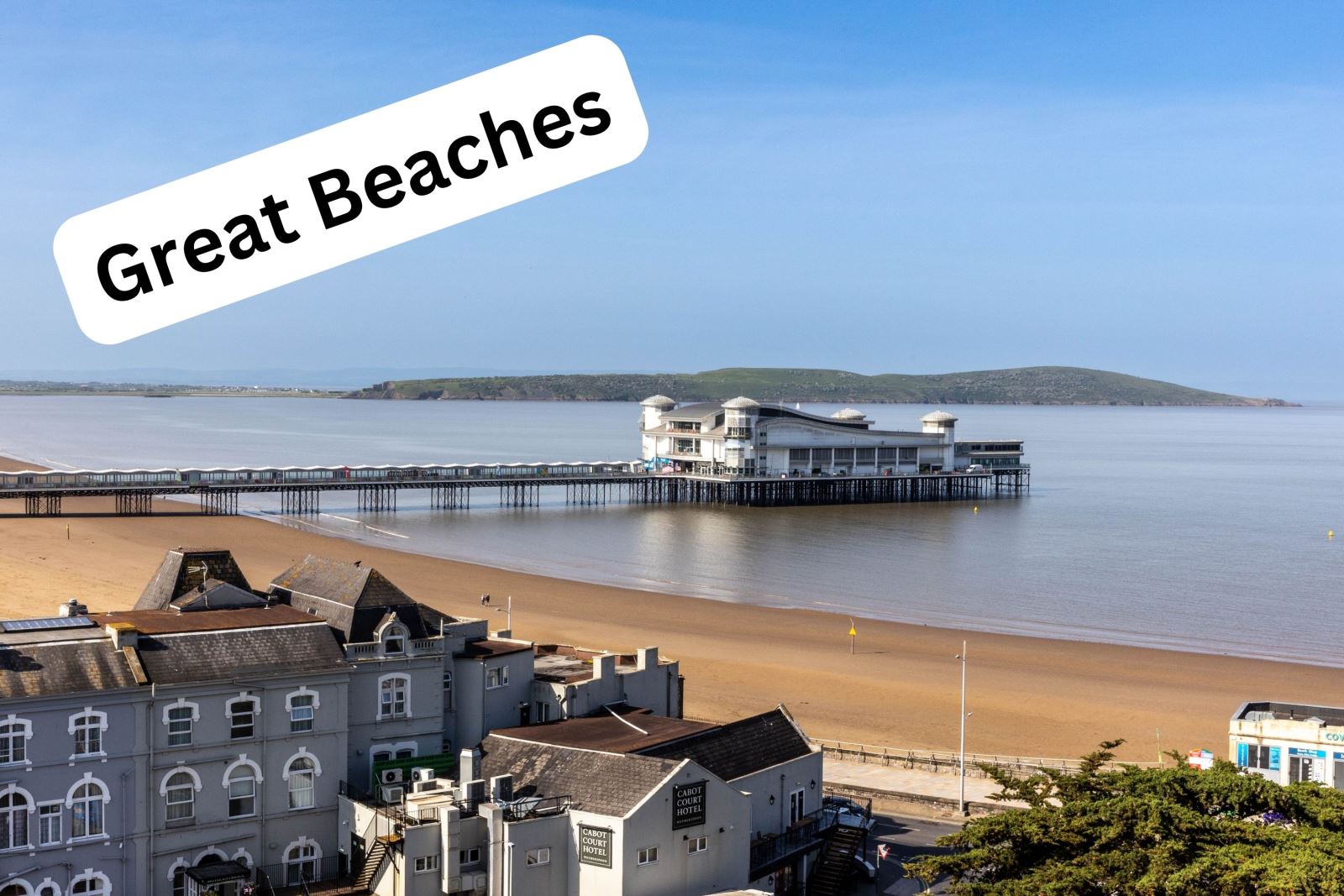
Weston has amazing sandy beaches. As well as our main beach there's the picturesque Uphill Beach, which has amassed more than 23million views on Tik Tok and was crowned the UK's best dog walking beach in 2023, the Marine Lake swimming beach where the tide is always in, a secluded rocky cove at Anchor Head and The Windzone where watersports enthusiasts and sand yachters have their fun.

There is so much for children and families to do whatever they are into and whatever the weather.
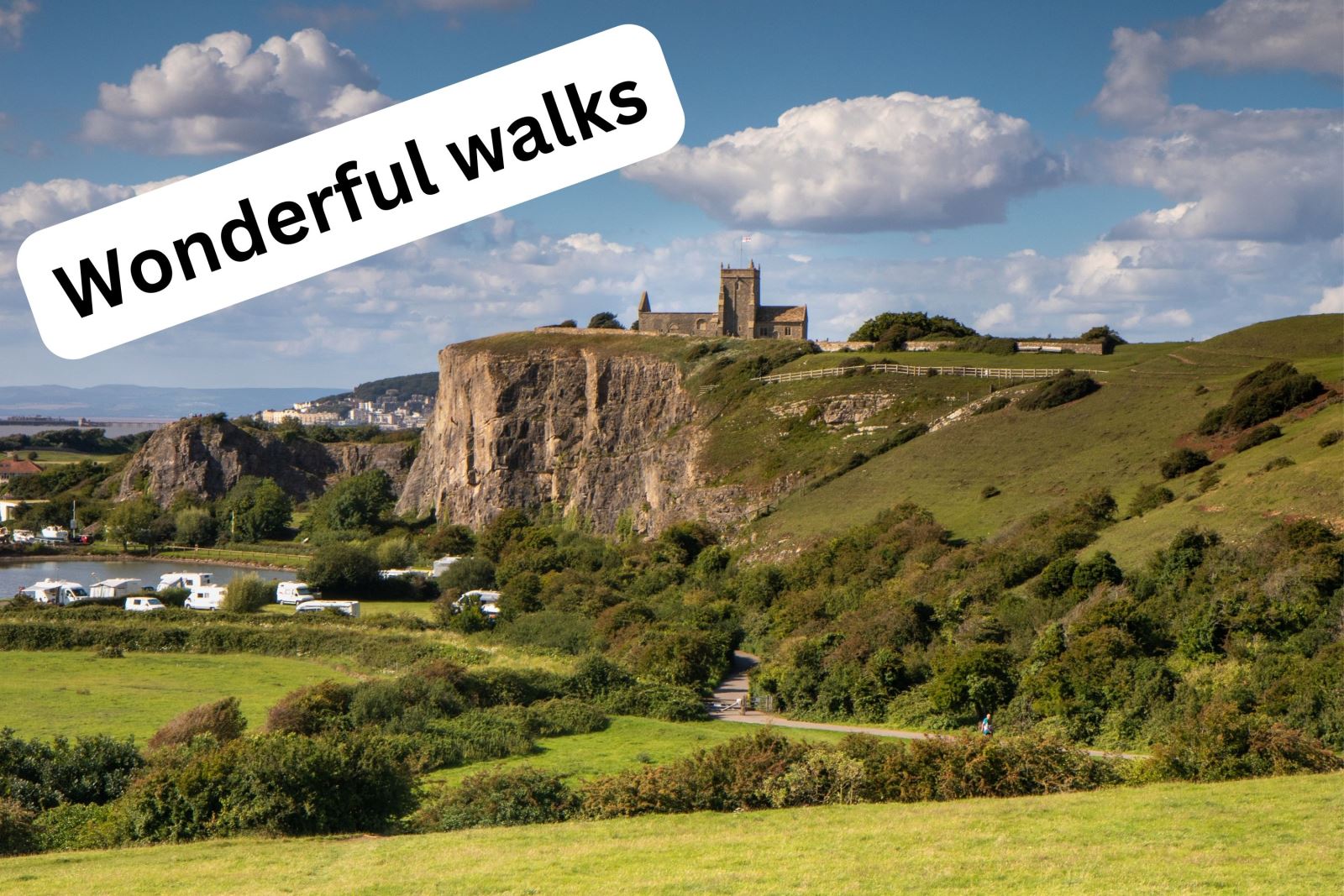
Weston makes a great base for a walking holiday as it is surrounded by glorious countryside. Many of the walks can be done without the need for a car.
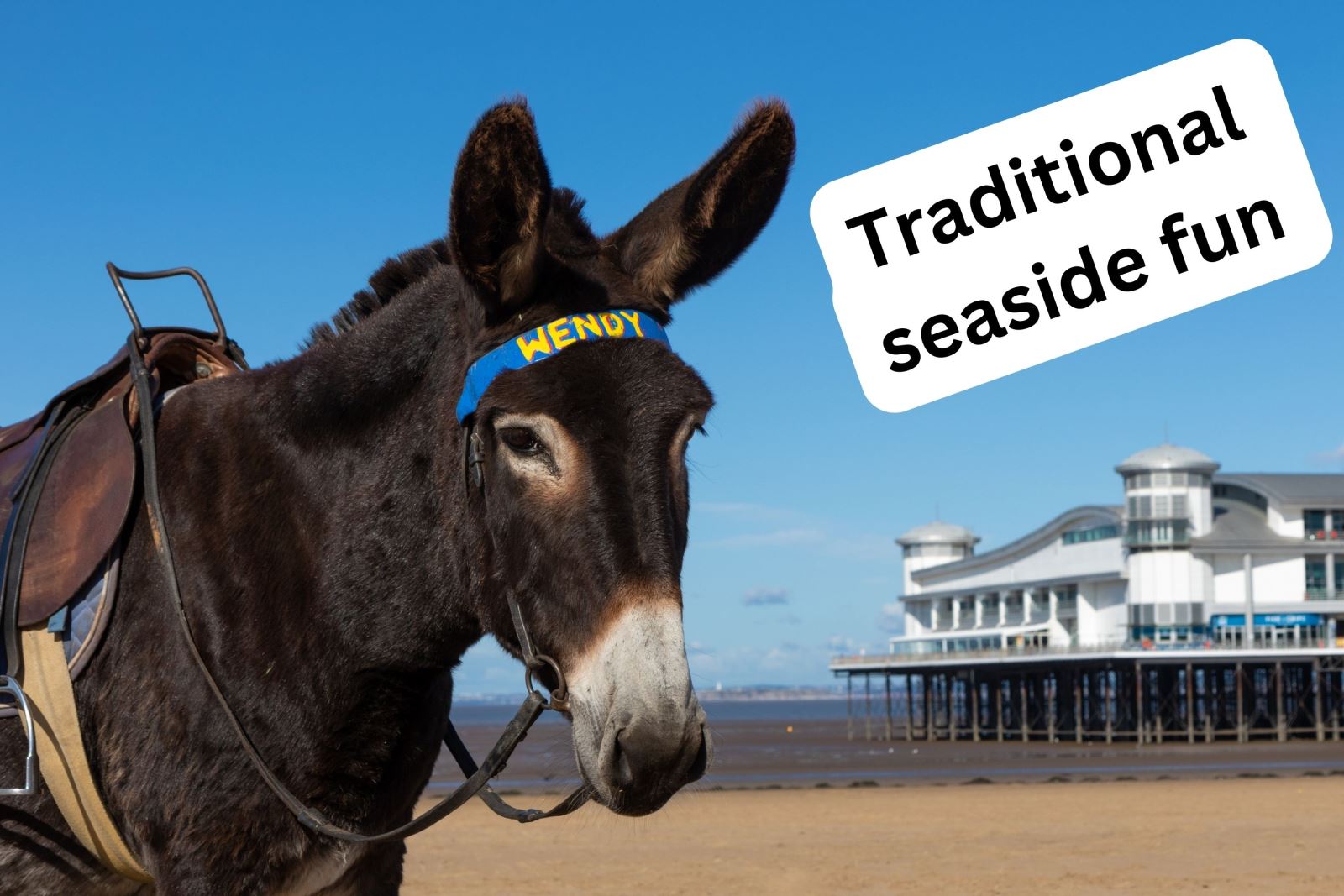
Traditional Seaside fun
With a huge sandy beach, donkeys in the summer, a pier crammed full of rides and arcades and a safe swimming beach where the tide is always in, Weston is perfect for a traditional seaside break or day out.
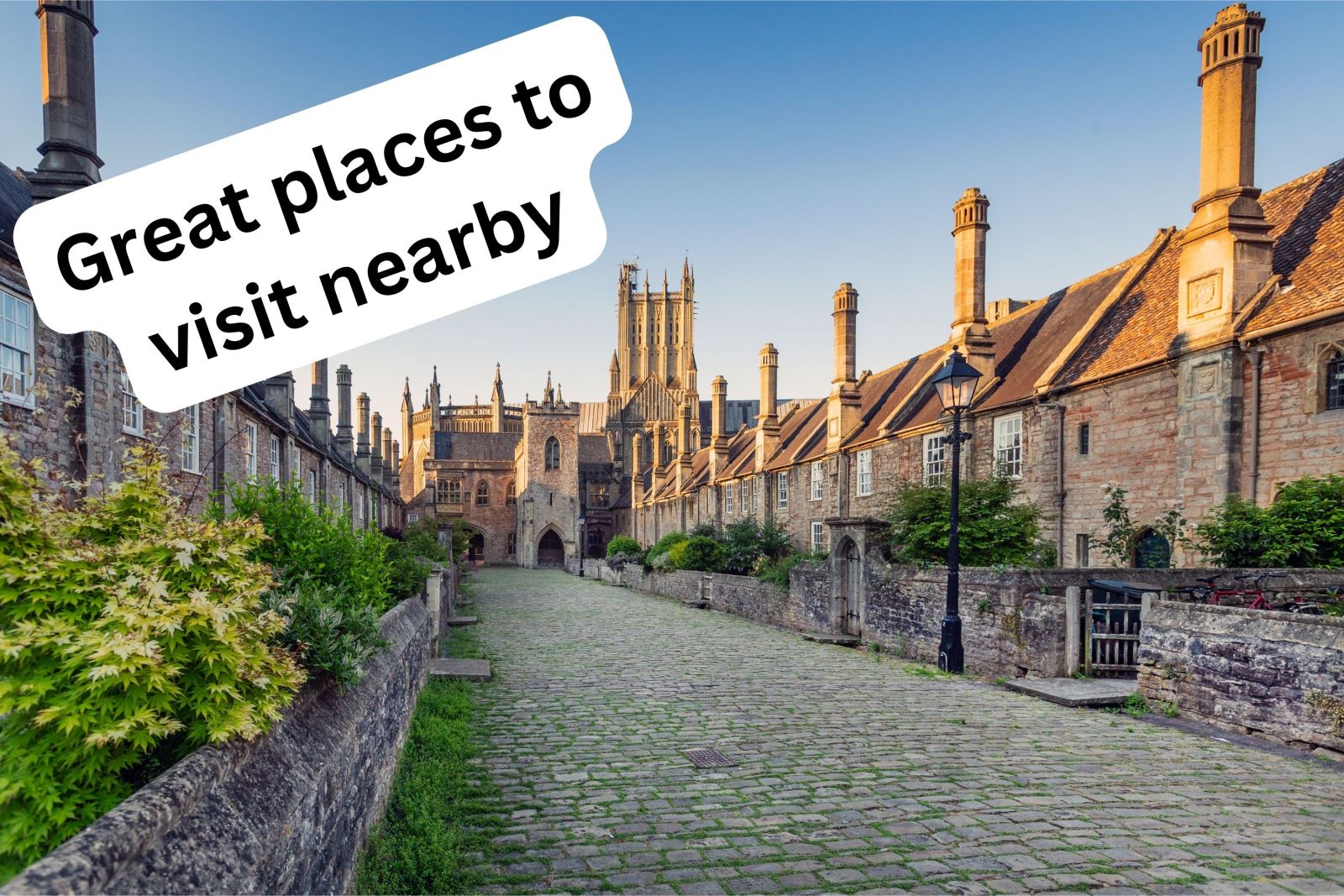
There are so many interesting places to visit nearby ranging from palaces and ancient forts, to historic sites, pretty villages, caves and gorges and not forgetting our cider farms.
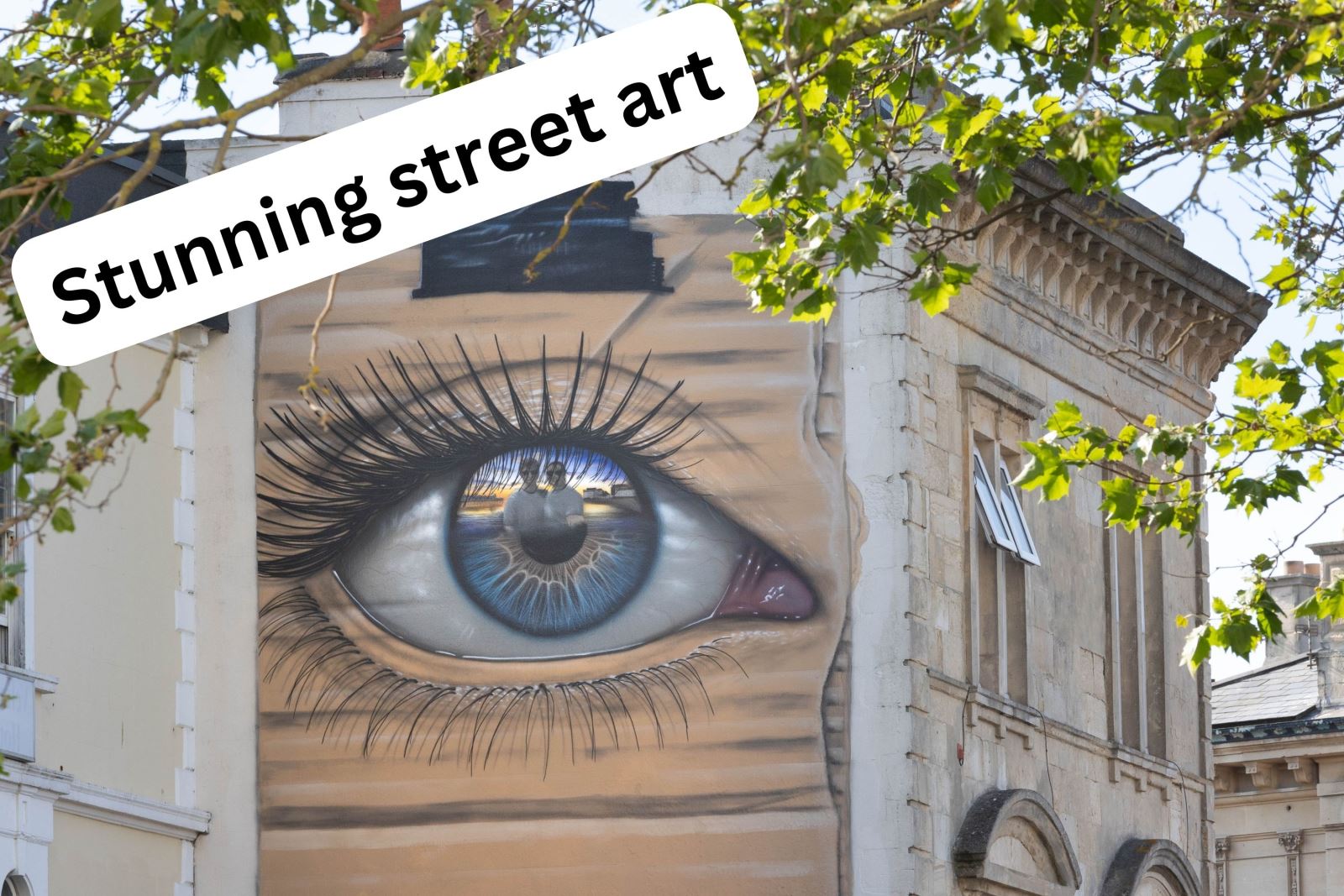
Weston has a huge outdoor gallery of street art. Watch out also for the annual Upfest festival when some of Europe's top street artists come and paint the town red (and plenty of other colours too).

With four theatres, two cinemas and a vibrant live music and comedy scene the fun doesn't have to stop when the sun goes down.

Adventure junkies can fill their boots here with so much happening on land, sea and underground. You could even sign up for our world-famous Beach Race if you dare!

Family Days Out
With a zoo, a waterpark, a themepark and National Trust properties close by - as well as the cities of Bath and Bristol being just a train ride away, Weston makes a great base for family days out.

People come from far and wide to witness our famous carnival which is Britain's answer to the Rio Carnival!
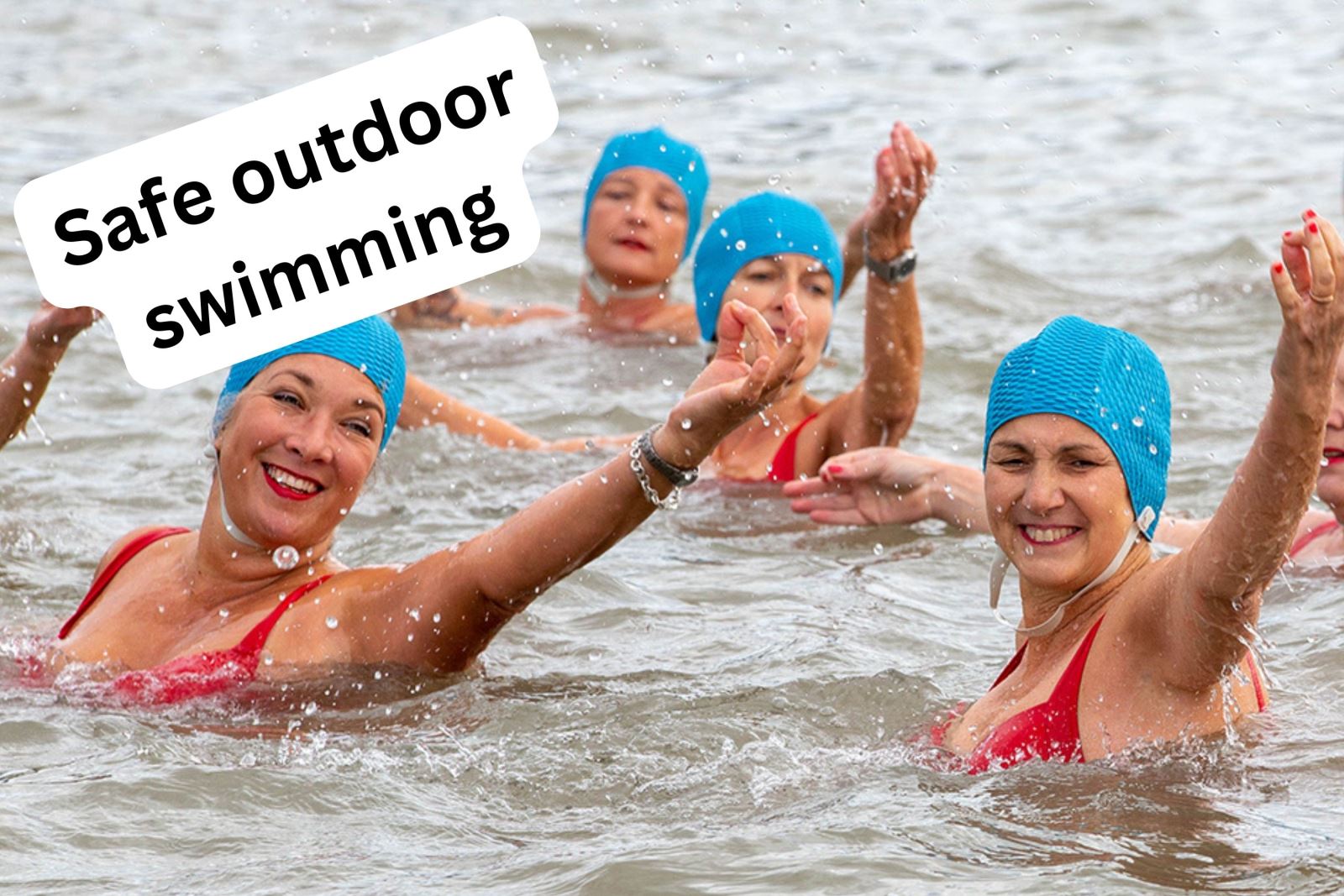
Weston's enclosed Marine Lake is ideal for safe sea-swimming all year round as the tide never goes out, being protected by the sea wall and causeway.

Weston Beach Race
Weston is home to the thrillingly-spectacular RHL motorbike Beach Race which was crowned the UK's best outdoor event in 2023! You can watch it or take part...if you dare!

Europe's biggest helicopter museum is in Weston and you can even book yourself a sightseeing flight over Weston Bay.

Windsurfers and kite surfers are a feature of the Weston skyline when the conditions favour them. There's also a yacht club, while paddle-boarders can gain their confidence in the enlosed water of Marine Lake.
.jpg)
Our sunsets
Weston-super-Mare's sunsets are a sight to behold. Whether you watch them with a bag of chips from one of our many seats or benches overlooking the seafront of whether you join the photographers with their tripods trying to capture them.

Free Events
From Fireworks at Sea to our mega-brilliant carnival, some of Weston's free events are among the biggest and best events in the county.
Think you know Weston?
Think you know Weston….think again. You probably know us for our miles of sand. Or maybe it’s our famous loveable Weston donkeys you remember. Or perhaps it’s our delicious traditional fish and chips.
You’ve probably also heard about our fabulous two-mile promenade where people of all ages mingle and meander 365 days a year.
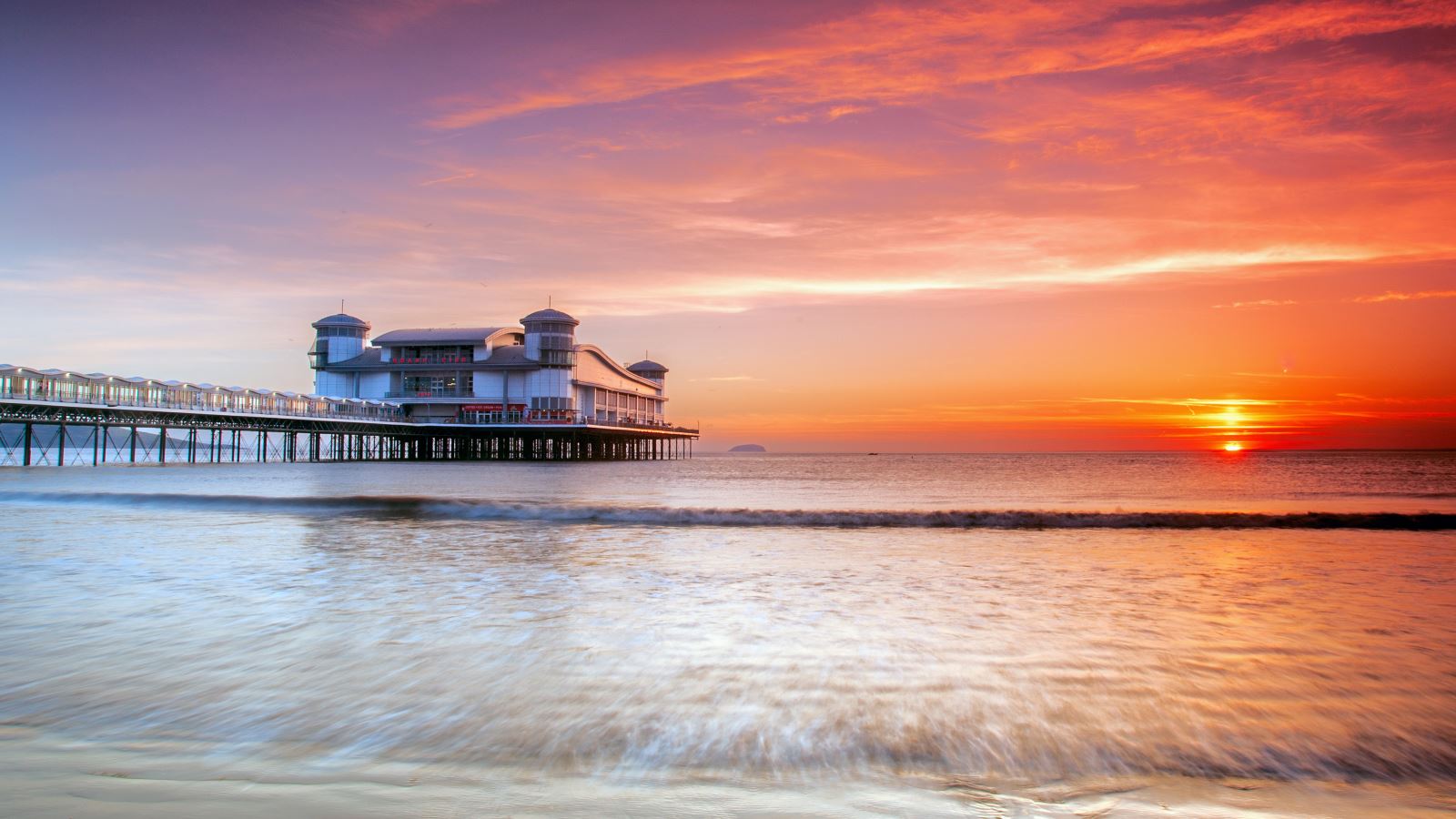
You’ll also know about our fun-packed Grand Pier where modern rides and arcade games stand alongside traditional favourites. And you’ll have seen pictures of our stunning sunsets.
Whatever your memories of Weston …. we are still here, making new ones every time you visit.
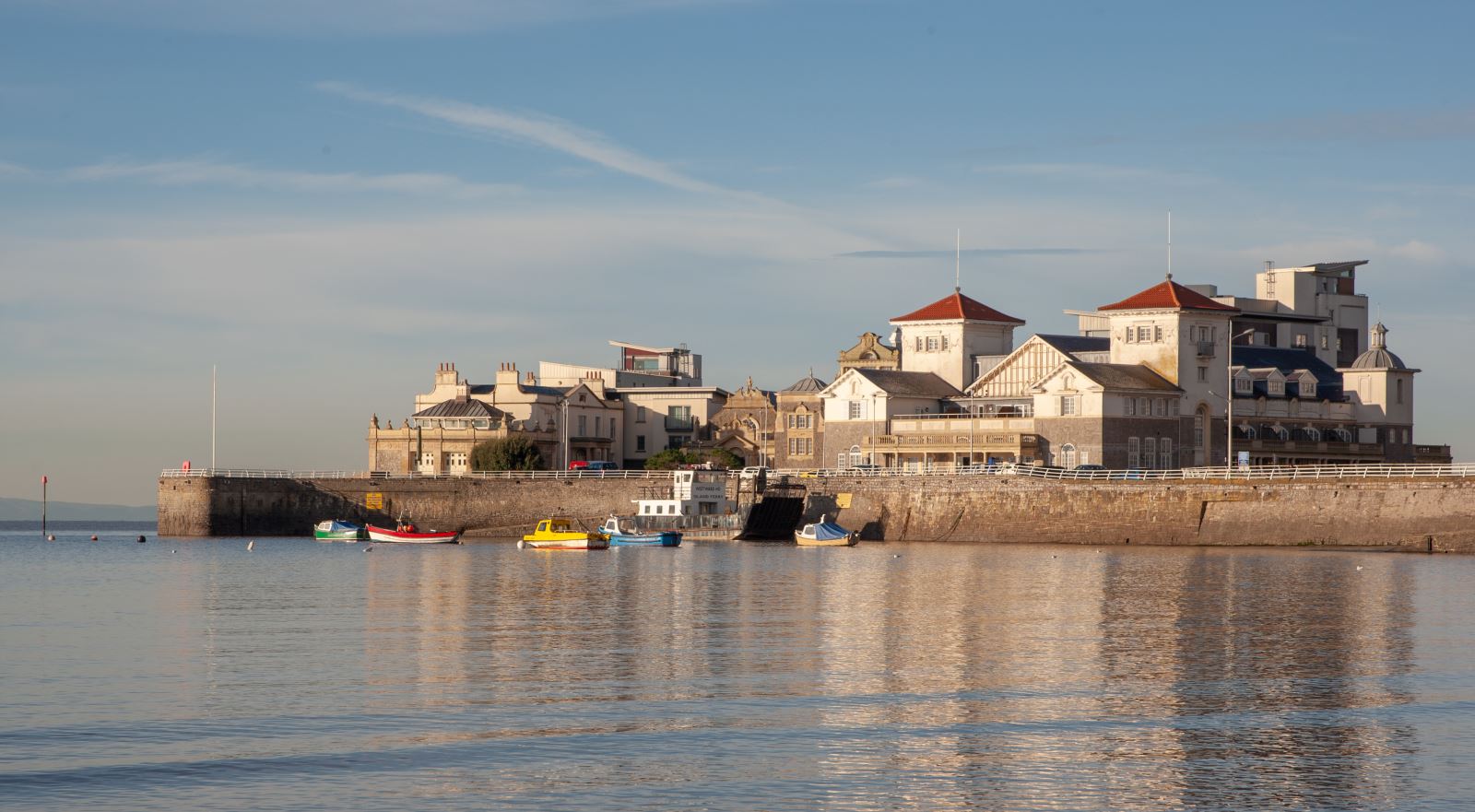
From the moment you step off the train you can expect a warm Somerset welcome. Whether that comes from our enthusiastic Holiday Makers – the town’s informative welcomers who model themselves on the London 2012 Olympics Game Makers – or from the good old folk of Weston themselves.
If you remember coming here as a child you will be amazed at what’s different and new while also reassured to revisit your favourite haunts. Yes, we’ve still got the candy floss but we’ve also got fabulous new restaurants springing up alongside those you know providing tastes from around the world. We’ve still got the crazy golf as well, but we’ve also got an indoor neon play-in-the dark version as we mix the old with the innovative.
Take a few steps back from our lovely seafront with its beach lawns and giant viewing wheel and you will walk into a maze of winding streets crammed with intriguing independent shops. Keep your eyes peeled while you’re shopping and admire the giant murals and street art that people come to Weston just to see. Pick up a pair of 3D glasses and you won’t believe your eyes. Click here to find out more about our amazing street art scene.
You may also be surprised to learn that we are in the middle of some wonderful walking country. Click here to find some easily accessible walks. We've also got some lovely towns and villages close by, all of which make for a fabulous day out. Click here for some suggestions.
You’ve probably heard the jokes about the sea sometimes being a long way out here. We laugh at them too. It’s true. We do have the second highest tidal range in the world, but it doesn’t matter because we have the picturesque Marine Lake beach where the tide is always in.
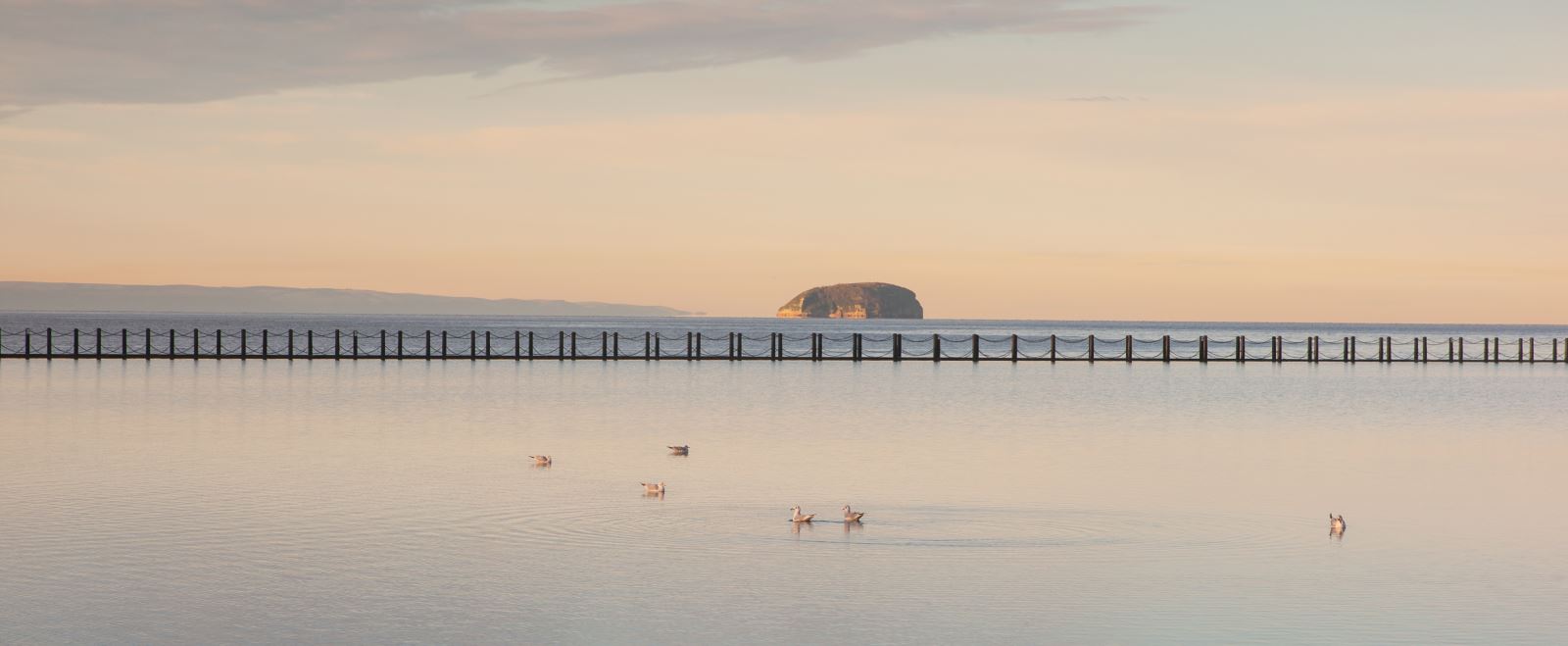
Separated by a causeway, it’s a place to relax, unwind, paddle or swim or, if you’re brave enough, join the new craze of paddle-boarding. Of course, you don’t have to take part. Watching can be great fun. If a sea breeze whips up, marvel at the skills of the wind and kite surfers or watch sand yacht racing at the south end of the beach. Click here to find more about our sporting scene.
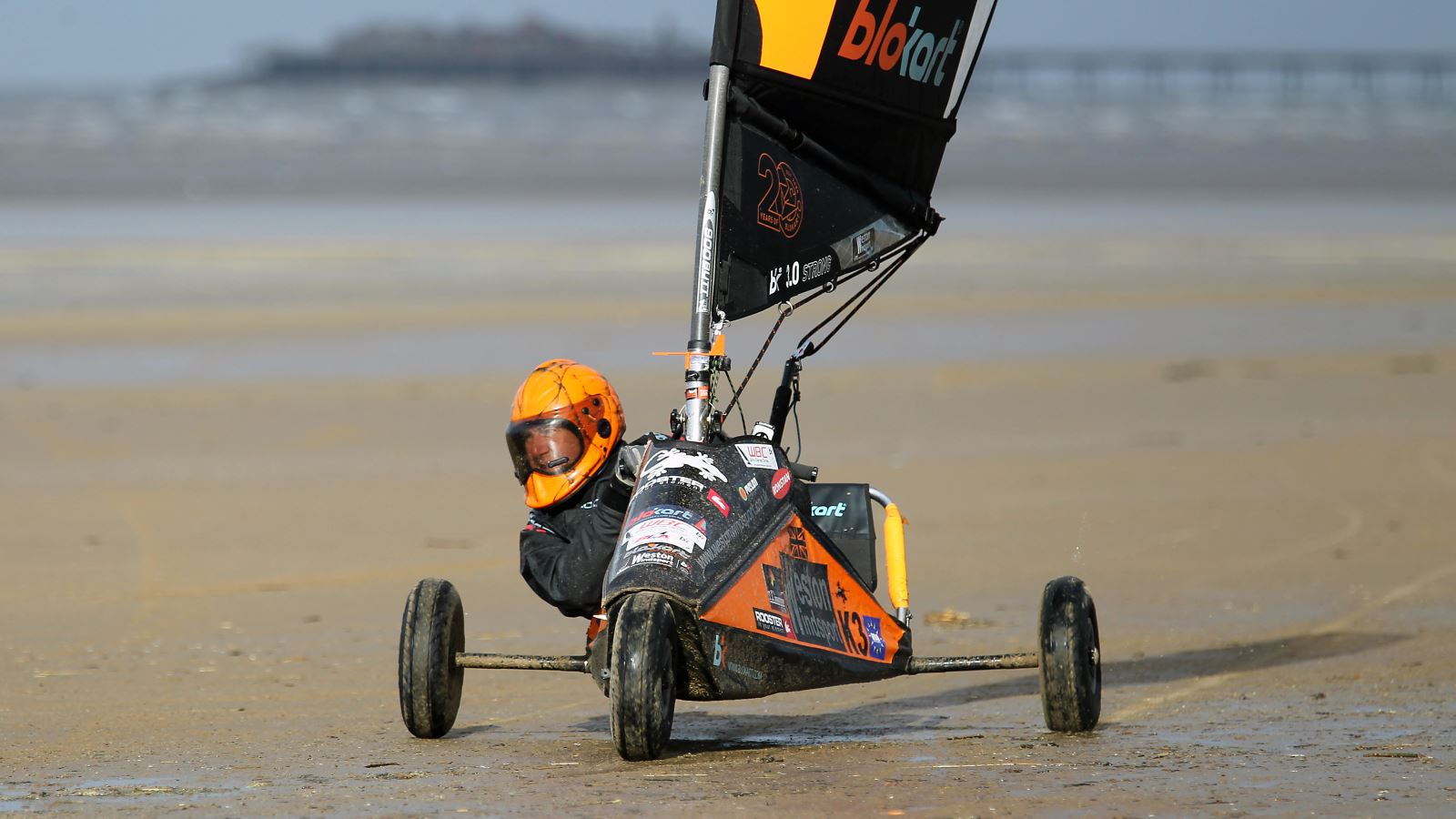
If all that sounds too energetic, don’t worry. Weston is full of welcoming benches and seats all along the seafront, in the town centre and in our parks. And, if you’re lucky enough, you might even catch one of our free bandstand concerts.
We’re big on entertainment here. With two theatres and two cinemas we still get the big names coming to entertain you as well as great tribute acts reviving the sounds of the forties, fifties, sixties and beyond. We’re also renowned for our vibrant live music scene while many of the hotels lay on their own entertainment. With more pubs and entertainment venues than you could shake a stick at, there is plenty to keep you going even when the sun does go down. Please click here for events and to see what's on.
And if it rains…don’t worry. We’ve got two museums including the world’s largest helicopter collection from where you can even book a flight over Weston! There’s also bingo, indoor bowling, Laser Quest and an indoor climbing wall for the adventurous, that is if they don’t fancy trying the real thing at Uphill cliffs.
Alternatively, to guarantee staying out of the rain, take a trip out to Wookey Hole or Cheddar and go deep underground in their caves.
But you never need to go far. Walk through Weston woods to Sand Bay and Sand Point where you can drop down into rocky coves for a picnic. Alternatively, head the other way along the sand for gorgeous views of Uphill or stand on the beach and gaze at the giant rock that is Brean Down from where they tested the bouncing bomb.
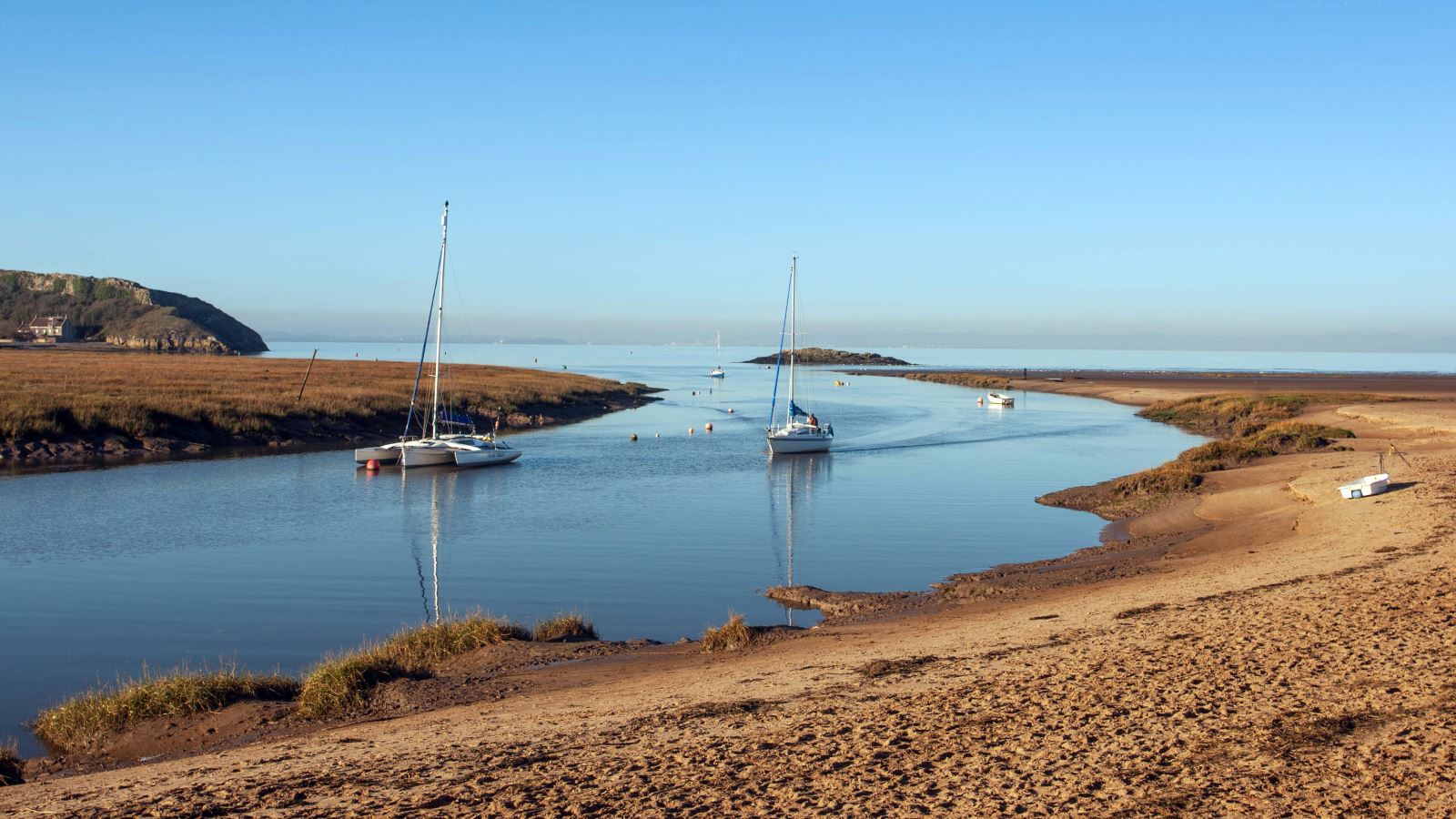
Oh, and one last thing. Did we mention all the fabulous free stuff that goes on here? Like our must-be-seen-to-be-believed spectacular carnival which draws people from all over the country?
Whenever you come, we’re sure you will love Weston as much as we do.

















.jpg)










